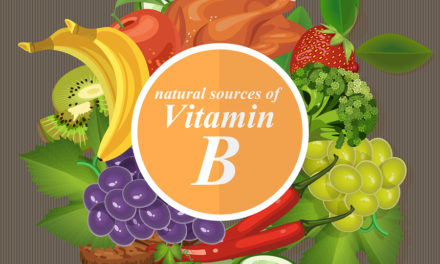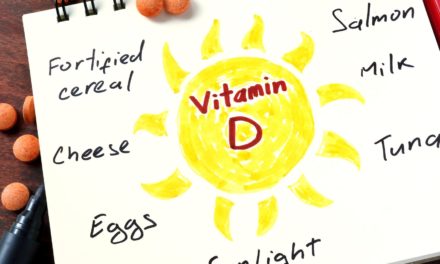Approximately 20 million Americans have asthma, nine million of them are under the age of 181, 2. More than 70% of the people with asthma also suffer from allergies3; with 10 million of the patients have asthma specifically because of their allergies4. The number of asthma patients has been growing. The prevalence of asthma increased by 75% between 1980 and 1994, with an increase of 160% in children under the age of five5. In 2003, there were 12.7 million physician office visits and 1.2 million outpatient department visits due to asthma. There were 1.9 million asthma-related visits to emergency departments in 2002. There are approximately 5,000 deaths from asthma annually. Direct health care costs for asthma in the United States total more than $11.5 billion annually; indirect costs (lost productivity) add another $4.6 billion for a total of $16.1 billion. Prescription drugs represented the largest single direct medical expenditure, over $5 billion. 1
The financial cost, the loss of quality of life and productivity, and the actual loss of life make it necessary to come up with effective and natural ways to help asthmatic patients. Something as simple as antioxidant nutrients can help. Research shows the benefits of antioxidants. In the American Journal of Clinical Nutrition (1995;61(Suppl.):625S-630S) found that a diet low in vitamin C is a risk factor for asthma. Exposure to oxidants also increases the symptoms of asthma. Low concentration of anti-oxidant nutrients in the plasma is associated with increased severity of asthma (“Plasma concentrations of dietary and nondietary antioxidants are low in severe asthma,” Misso NL, Ray S, et al, Eur Respir J., 2005; 26(2): 257-64). Also, low intake of foods containing vitamin C is low in asthmatics when compared to healthy subjects, according to research appearing in the journal Thorax (“Dietary anti-oxidants and symptomatic asthma in adults,” Patel BD, Welch AA, et al, Thorax, 2006 Feb). Of course vegetables are an excellent source of antioxidants. Research supports the idea that eating more vegetables can reduce asthma symptoms (“Fruit and vegetable intakes and asthma in the E3N study,” Romieu I, Varraso R, et al, Thorax, 2006 Jan 5). In general, nutrition can be a valuable tool for bringing asthma under control. Nutrients other than antioxidants that have been shown by research to be useful for asthmatics include: omega-3 fatty acids, selenium, magnesium, CoQ10, and manganese.
- American Lung Association. Epidemiology & statistics Unit, Research and Program Services. Trends in Asthma Morbidity and Mortality May 2005.
- Summary Health Statistics for U.S. Children: National Health Interview Survey, 2002. Series 10, Number 221.2004-1549
- National Library of Medicine. Understanding Allergy and Asthma. National Institutes of Health.
- National Institute of Allergy and Infectious Disease. Fact Sheet #9: Asthma and its Environmental Triggers: Scientists Take a Practical New Look at a Familiar Illness . www.niehs.nih.gov/oc/factsheets/asthma.htm
- Centers for Disease Control. Surveillance for Asthma – United States, 1960-1995, MMWR. 1998; 47 (SS-1).






